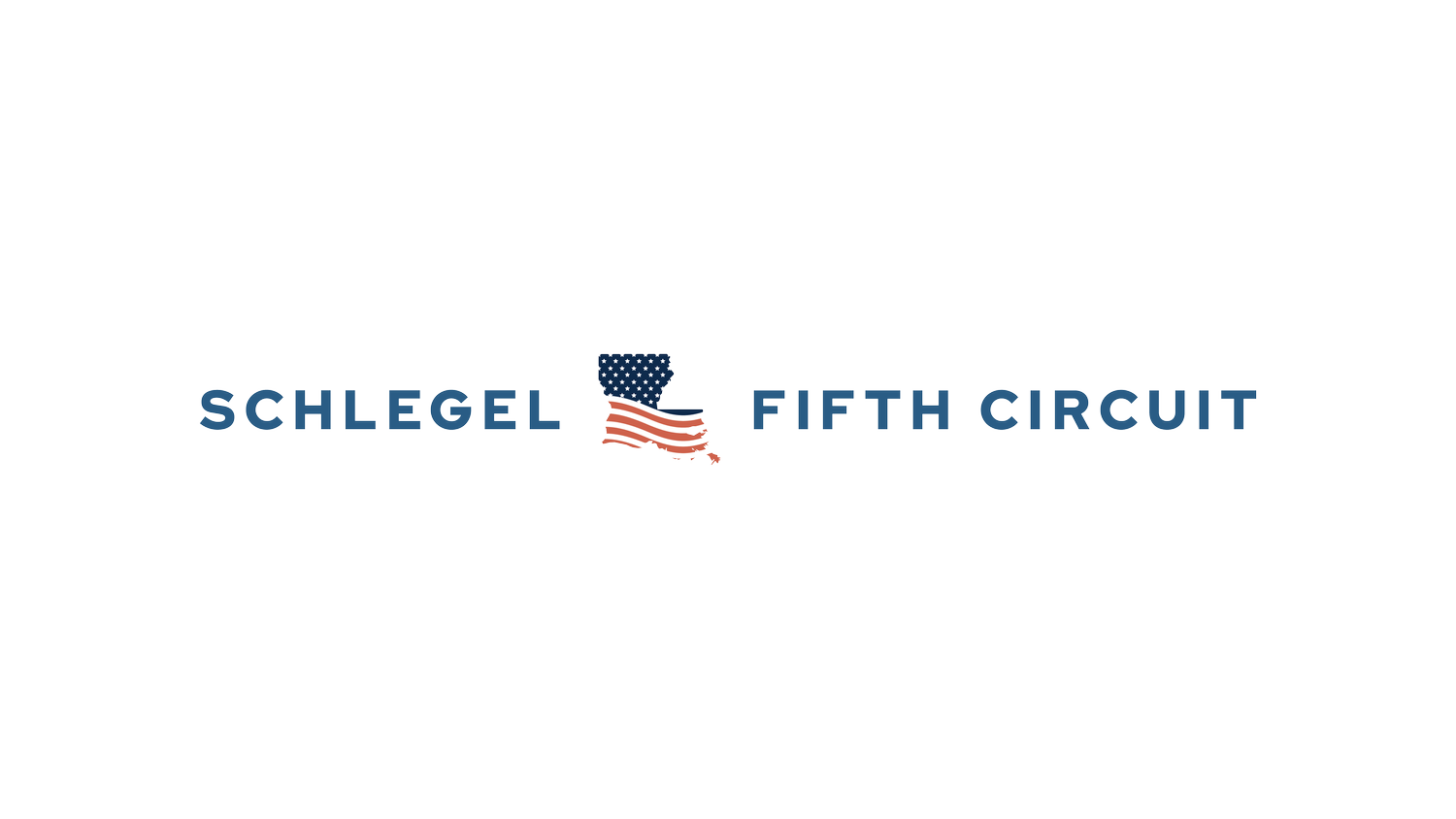From Dining to Dockets: Enhancing Court Efficiency with Text Alerts
As someone deeply invested in the justice system, both as a judge and a proponent of legal technology, I've seen the daily dance of chaos in our courthouses firsthand. Picture this: hundreds of criminal cases, all set to start at the same hour across multiple courtrooms. Prosecutors are flipping through files, public defenders are sprinting between divisions, and private attorneys are in a perpetual race against time, hopping from one courthouse to another across counties. This isn't just a scene; it's a critical snapshot of inefficiency that plagues our courts daily.
The current setup turns justice into a game of patience where, too often, when a case is finally called, someone crucial is missing, stuck elsewhere. Judges wait, lawyers' hours slip away, interpreters stand by, and defendants, who've rearranged their lives for this moment, are left in limbo. This isn't merely about lost time; it's about stretched resources, delayed justice, and a growing distrust in our legal system.
But what if we could revolutionize this with a touch of modern tech? Think about how restaurants manage their bustling environments. You get a text when your table's ready, allowing you to wait comfortably elsewhere. Now, imagine that in our courthouses. All involved parties could receive a notification when their case is about to be called, roughly 10-15 minutes in advance. Unlike restaurant patrons who walk in without reservations, defendants are scheduled for specific court times within staggered hour blocks like 9 AM, 10 AM, or 11 AM. This scheduling is crucial because it allows for a structured approach where, after checking in at their designated hour, defendants aren't forced to crowd the hallways but can wait more comfortably somewhere else close by, knowing they'll be notified when their case is about to be called.
A courtroom ready for action is no different from a restaurant table becoming available. Cases would flow within their scheduled hour based on readiness, not rigid schedules. Missed notifications? The case moves to a later time slot in the day, keeping the day's docket moving.
We're not talking about inventing new software but integrating existing notification systems that are user-friendly and designed for heavy use. They could even sync with current court management tools, pulling in daily dockets, updating statuses in real-time, and keeping logs for accountability.
To really see if this works, start small with a pilot. You can measure wait times, appearance rates, how efficiently attorneys and interpreters can work, and even how defendants feel about their court experience. The potential savings in time and money could be substantial, not to mention the improvement in court atmosphere.
Yes, there will be challenges. Integrating this system requires careful planning around data security and user training. There might be resistance, too, as change often invites skepticism. But with thoughtful implementation, training, and a system flexible enough to handle the unexpected, these hurdles can be overcome.
A pilot program in one division of court could help refine your approach, gather invaluable feedback, and demonstrate tangible benefits before you think bigger. This isn't just about efficiency; it's about making justice more efficient and less daunting for everyone involved.
In conclusion, the idea of bringing a bit of restaurant efficiency into our courts isn't just appealing; it's a practical next step in judicial evolution. By reducing wait times, optimizing resources, and enhancing the court experience, we're not just streamlining processes; we're enhancing the very essence of justice delivery. It's time we embrace this change, not with cold efficiency, but with the warmth of knowing we're making the system work better for everyone. Let's take this step together, for a justice system that serves us all more effectively.
Subscribe to my Substack newsletter today so you don’t miss out on a post. https://judgeschlegel.substack.com

